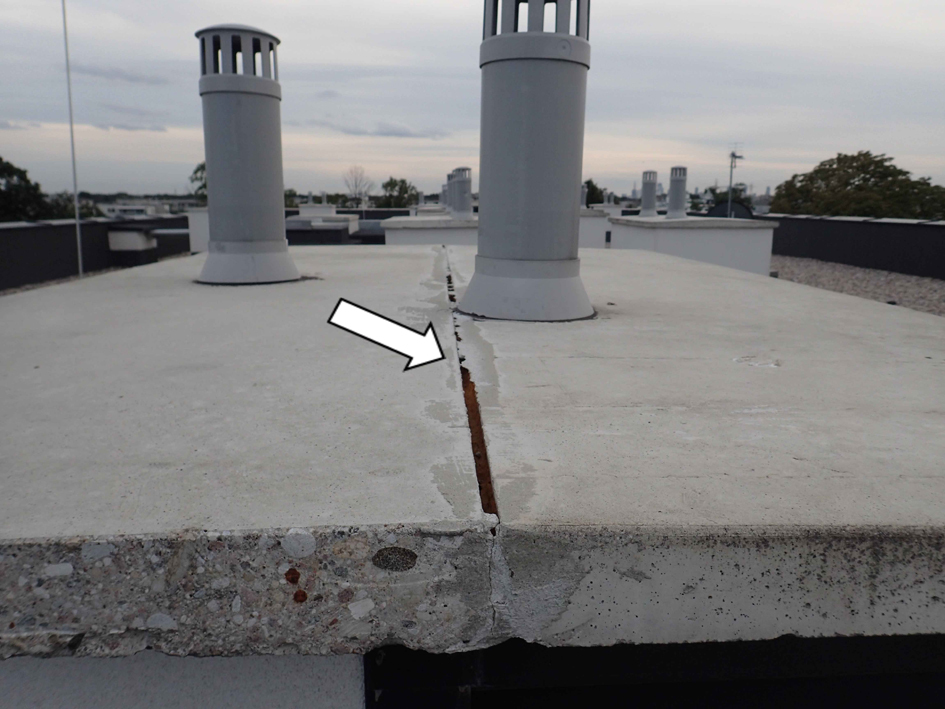The influence of maintaining proper technical condition on the aging of multi-family residential buildings
1
Institute of Civil Engineering, Warsaw University of Life Sciences, Poland
Submission date: 2023-10-04
Final revision date: 2023-12-12
Acceptance date: 2023-12-28
Publication date: 2024-12-04
Corresponding author
Grzegorz Wrzesiński
Institute of Civil Engineering, Warsaw University of Life Sciences, Nowoursynowska 166, 02-787, Warsaw, Poland
Institute of Civil Engineering, Warsaw University of Life Sciences, Nowoursynowska 166, 02-787, Warsaw, Poland
Archives of Civil Engineering 2024;70(4):215-232
KEYWORDS
building damagetraditional technologytechnical condition of the buildingmulti-family residential buildingaging of the building
TOPICS
ABSTRACT
The paper analyses 100 multi-family residential buildings with basements made in traditional technology, with a usable area from 604.50 m2 to 2315.00 m2, built between 1952 and 1958 in the Masovian Voivodship. For the analysed buildings, individual elements were inspected once a year and their technical condition was determined. The research was conducted in 2018-2022 and focused on three selected buildings. The results of the study carried out by the authors were used to determine the degree of their aging using the visual method and to compare the results with those obtained from computational methods, e.g., time methods: linear, non-linear, parabolic. The main emphasis in the article is on faulty repairs of buildings, often without proper supervision and the impact of this phenomenon on the accelerated aging of buildings. Although the faulty repairs are common, they are omitted in the methods of predicting the aging of buildings. The paper also presents the analysis of the repair management carried out on the basis of post-inspection recommendations. The results of the conducted analysis confirm that the visual method is the most accurate to determine the degree of wear and tear of the building due to the possibility to determine its actual condition, considering account of the renovations carried out and their quality. The value of the degree of technical wear of selected buildings Sz was similar for visual and time methods.
We process personal data collected when visiting the website. The function of obtaining information about users and their behavior is carried out by voluntarily entered information in forms and saving cookies in end devices. Data, including cookies, are used to provide services, improve the user experience and to analyze the traffic in accordance with the Privacy policy. Data are also collected and processed by Google Analytics tool (more).
You can change cookies settings in your browser. Restricted use of cookies in the browser configuration may affect some functionalities of the website.
You can change cookies settings in your browser. Restricted use of cookies in the browser configuration may affect some functionalities of the website.




